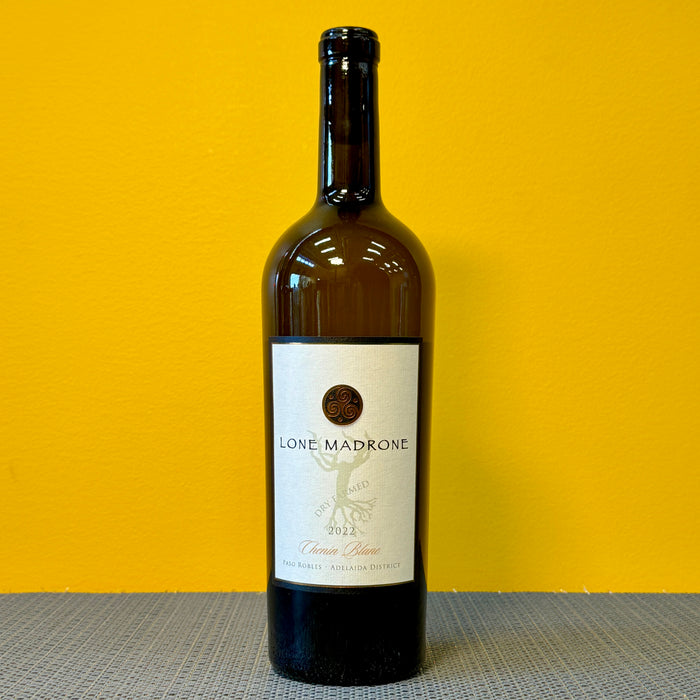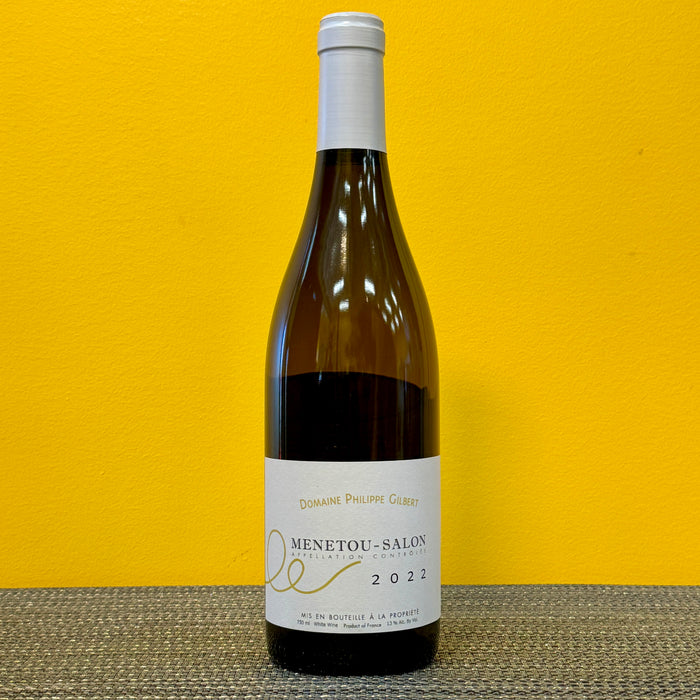Côtes du Rhône 2022, Domaine de Saje
- Regular
- $18.00
- Sale
- $18.00
- Regular
- Unit Price
- per
Based on Grenache with roughly 35% Syrah, this "secondary label" from renowned Châteauneuf-du-Pape producer Domaine de Saje is an incredible value and a wine not to be missed! The elegance of the Grenache is very notable on the nose, with pretty fruit and an aroma of blue flowers. "Saje" actually means "sage" in French, and this wine definitely delivers the sage-brush, or "garrigue" element that wines from this region are known for, combined with lush fruit and a long finish.
About the Winery
For many years, Jérôme Mathieu worked alongside his brother André at Domaine Mathieu, managing the estate passed down from their parents. In 2015, André’s eldest son came of age, and the brothers amicably agreed to split the domain to have clear lines of inheritance. Jérôme, who lives in his grandfather’s house in the center of the village, subsequently spent 2015-16 revamping his grandfather’s old cellar to prepare to make wine under his own roof as of 2016. He created Saje and began to use this label with the 2013 vintage – a vintage he made with his brother and, as with the 2014 and 2015 vintages, divided along agreed partitions. Saje is an abbreviation of the names of his wife and son as well as his own; it’s also a play on the French word sage, which means the same in French as it does in English: to be wise. No doubt the name appealed to Jérôme’s lively humor, but it also struck an innate chord within him. The Mathieu family is the oldest wine producing family in Châteauneuf. The wisdom of the ages is something keenly felt, and goes a long way toward explaining his staunch traditionalism. It’s worth noting that this is one of the few growers who never went down the super ripe rabbit hole that so many of the appellation’s producers dove into during the last twenty years (in an unfortunate commonality with Napa Valley).
Jérôme’s inheritance amounted to 9.4 hectares of which 7.4 (just over 23 acres across 26 parcels) is in Châteauneuf-du-Pape, with 2 hectares (five acres divided into two parcels) in appellation Côtes du Rhône. The Châteauneuf holdings are spread all over the appellation in various exposures, elevations, and soils. In the traditional manner, most are based on Grenache but are co-planted with many other varieties, adding up to all 13 permitted varietals. Each parcel is harvested en masse and fermented. As a result, Jérôme enjoys a great deal of diversity with terroir and grape variety, which gives his wines an additional measure of complexity while also mitigating against high levels of alcohol in the wine (field blends need to be harvested at an average level of ripeness, whereas single-varietal parcels can easily be picked at an advanced level of ripeness tailored to a given varietal if so chosen).
As noted, the style here is traditional. The reds ferment spontaneously, age in large concrete vats over the winter, and then are racked into old foudres (Jérôme eschews small barrels). Of Jérôme’s 26 parcels, only one is planted mono-cépage – a parcel of Syrah growing in trellised rows (the others are all head-pruned field blends). This Syrah he normally de-stems except in good, ripe years, while the other varieties he only de-stems if the vintage is difficult and the grapes are not altogether healthy. His classic Châteauneuf is a decidedly old school construct without pumped up fruit, oak, or alcohol. The same is true for his super old-vine cuvée Marquis Anselme and for his Counoise-based Cuvée 1600. These wines all share the common aim of sumptuous ripeness – the basis for Châteauneuf’s fame – without crossing over into surmaturité. Jérôme likes fruit, spice, and elegance.
By the way, Jérôme lives and makes wine on the Rue Commandant Lemaitre, the main street running through the village. When asked who Commandant Lemaitre was, he replied with a shrug: “He was the husband of one of the sisters of my great grandfather.”

Thanks to Jeff Bramwell for the shot from Châteauneuf vines looking across the Plain de Dieu to the Dentelles – foreground, left – and to Mt. Ventoux beyond.












